Curly lilac Dolichos: secrets of growing from seeds
Dolichos is an overseas handsome man who arrived in our region from the tropics and subtropics. Its native and natural habitat is East Africa, Kilimanjaro and Asia. Dolichos has many names: lobia, hyacinth or Egyptian beans, kokornik, curly lilac.
Description
Dolichos comes from climbing legumes. In its native land, where summer reigns all the time, it blooms all year round and is considered a perennial. And in our natural conditions, dolichos goes through all life cycles in 12 months.
In height, hyacinth beans, on average, stretch by 3-4 meters, but there are specimens that grow up to 10 meters or more, which, of course, is much less common.
Flowers concentrate on one branch and form cluster-like inflorescences. And after they fall off, they leave pods of a bright shade. The inflorescences are self-pollinating and can be of a wide variety of colors depending on the variety: purple, lilac, pink, white, cold crimson, purple, yellow, etc. In addition, dolichos varieties also differ in shades of leaves.
The pods are wide, slightly flattened and with the tip lifted up, bright, so that they decorate the bush no worse than flowers. The pods contain an average of 2 to 5 oval-shaped beans, slightly flattened and with a rib on the side. Fruits ripen in late summer or early autumn and remain until the first frost.
Growing seedlings from seeds
Cope with growing dolichos seedlings at home is a real and feasible task for gardeners of any skill level. It is carried out according to the general scheme for fruits with a dense shell. Let's consider the stages of preparation and cultivation of seedlings in more detail.
Seed preparation
The seed is easy to collect on our own, but if we are planting a kokornik on the site for the first time, it is easier to buy beans from a store. As a rule, the manufacturer sells already prepared material for sale, but this is not a prerequisite - therefore we carefully read the instructions and description on the packaging. Dolichos fruits, like other legumes, have a long shelf life and do not lose their germination up to 5-7 years. However, the harvest date should be checked for both home and purchased seed.
Having made sure of the proper quality of the beans, we proceed to their preparation, and the first step is scarification, i.e. violation of the integrity of the dense shell. Without this procedure, moisture and nutrients will not pass well into the soft layers of the beans, and the chances of germination will decrease several times.
There are several ways to scarify seed:
- pierce the thick film with a needle;
- process with a nail file;
- cut with a knife;
- sand with sandpaper;
- other options.
An important question is when to start preparing the fruit. Basically, it is recommended to soak and plant seeds for seedlings in March or April. Dolichos sprouts do not tolerate cold snaps well, so you need to guess the time so that the seedlings come up and get stronger, but have not outgrown by the time the heat is established, and it will need to be moved into open ground.
We soak the peeled fruits to form roots:
- We moisten a napkin, gauze or cotton pads abundantly with warm settled water, spread the seeds at some distance from each other and cover with a napkin on top so that no air bubbles remain under it. After a few days (usually on the third day), white roots should appear.
- Instead of bedding, we take chopped moss.We also moisten it, lay out the beans, then cover with a napkin and put it in a warm place.
Advice
Experienced gardeners recommend soaking the beans in potato juice. Freeze and thaw it. It turns out a natural growth stimulant.
Growing seedlings
After the roots appear on the beans and before moving to open ground, we grow dolichos in temporary soil, in peat pots, seedling boxes or separate containers.
Rules for planting seedlings and caring for it:
- We select the soil with a neutral composition or slightly alkaline. To correct it, add a small amount of chalk - 1 tbsp. l. on a bucket of black soil - or wood ash.
- We close the beans to a depth of 3 cm.
- We put it in a well-lit place, but without direct sunlight.
- Temperature range - + 20 ° C.
- Watering in moderation - once or twice a week will be sufficient. We do not allow both drying out of the soil and excessive moisture.
- When the shoots have formed three full-fledged leaves, we begin to pinch their tops to form more lush plants.
Transplant to open ground
To make young plants easier to take on the site, they need to be hardened in advance. Therefore, the seedlings in pots are periodically taken out into fresh air, gradually lengthening the "walks".
Seedlings of climbing lilacs should be sent into the ground 50-55 days after their germination. This stage should fall in May or June, when it is warm, but the earth is still saturated with moisture. In the southern regions, of course, the required weather comes earlier, in the northern regions - later.
Advice
Dolichos is good to plant in those places where cabbage, cucumbers and root crops grew in the last gardening season.
Coquorn is a very unpretentious plant and develops quietly in ordinary garden soil. However, it is necessary to monitor its pH: increased alkalinity or impairs the growth of Egyptian beans and can destroy the plant.
Thus, we plant decorative beans according to the following scheme:
- We water and fertilize the soil with ordinary organic mixtures - this is enough for the first time.
- We plan in accordance with the planting plan and dig holes. We calculate their size based on the dimensions of the rhizome, on average it is 5-8 cm in diameter and the same in depth. The distance between plants should be at least 30-40 cm.
- We water the seedlings well - this is necessary so that the lump with roots can easily get rid of the container.
- We transfer young plants to open ground by transferring. It is important to do everything carefully so that the seedlings do not have to waste energy on restoring damaged roots, but they have enough strength to "dig" them into the soil and grow to a depth of 100 cm.
- Two weeks later, when the seedlings are relatively strong and elongate a little, we cover its trunk with a layer of earth up to 20 cm to help the plant to strengthen.
- When the lobia finally adapts to its new habitat, the soil can be loosened for better oxygen penetration without fear of damaging the roots.
Plant care
Since dolichos is a climbing liana, it is obvious that he needs a strong support to which he can cling to his antennae, stretch up and braid beautifully. The support can be purchased in specialized stores, or made yourself.
Interesting fact
The beans made from the bright purple dolichos pods are incredibly tasty and healthy.
Caring for curly lilacs involves:
- timely and regular watering without waterlogging the soil;
- feeding the plant a month after planting with mineral fertilizers and superphosphate, plus every two weeks with potash and nitrogen-containing fertilizers alternately to achieve abundant flowering;
- weeding;
- hilling;
- prevention and control of diseases and pests.
Dolichos is a great decoration for any garden plot. The plant looks especially impressive at the beginning of autumn, when young greenery and yellowing foliage are simultaneously combined on it, buds and bright tassels of inflorescences bloom, purple beans attract with their brightness.
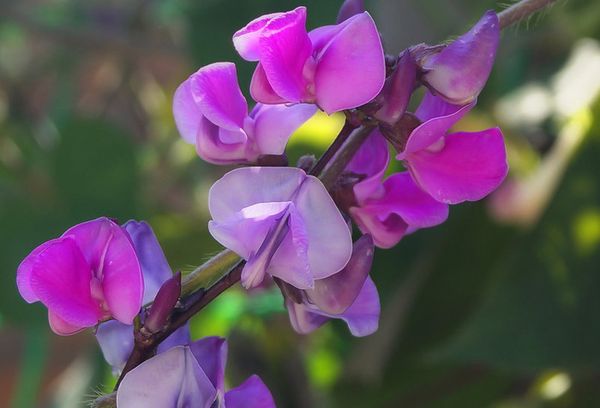
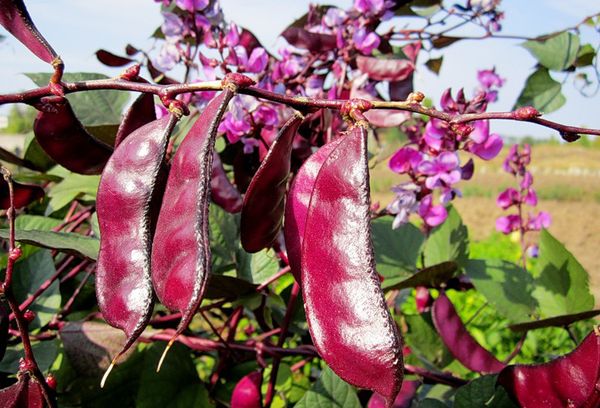
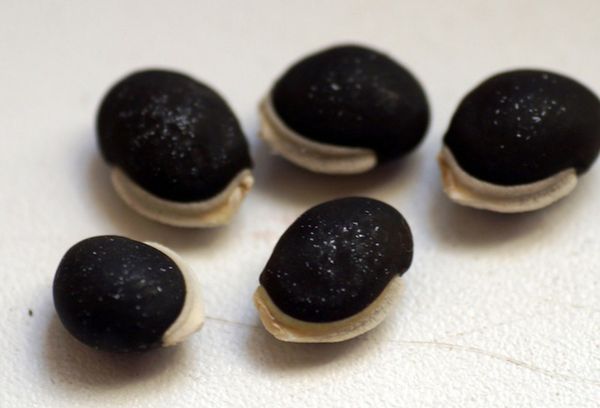

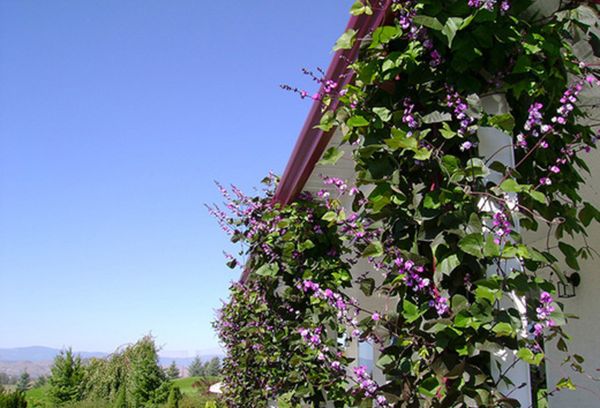
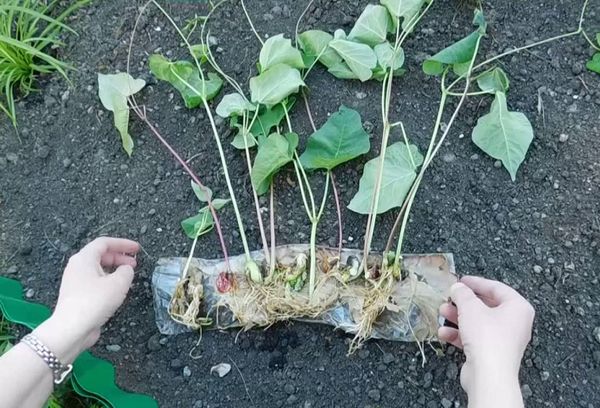
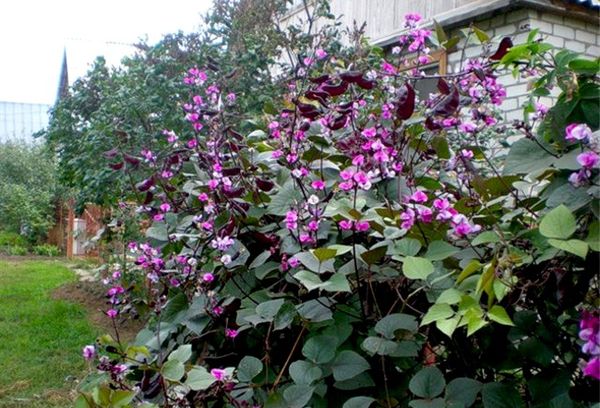
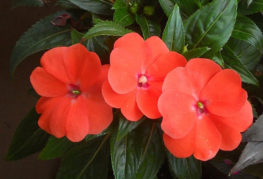



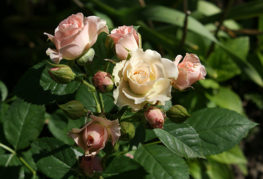
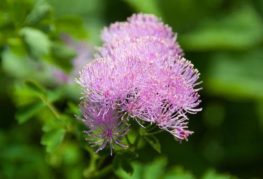
and will be published shortly.